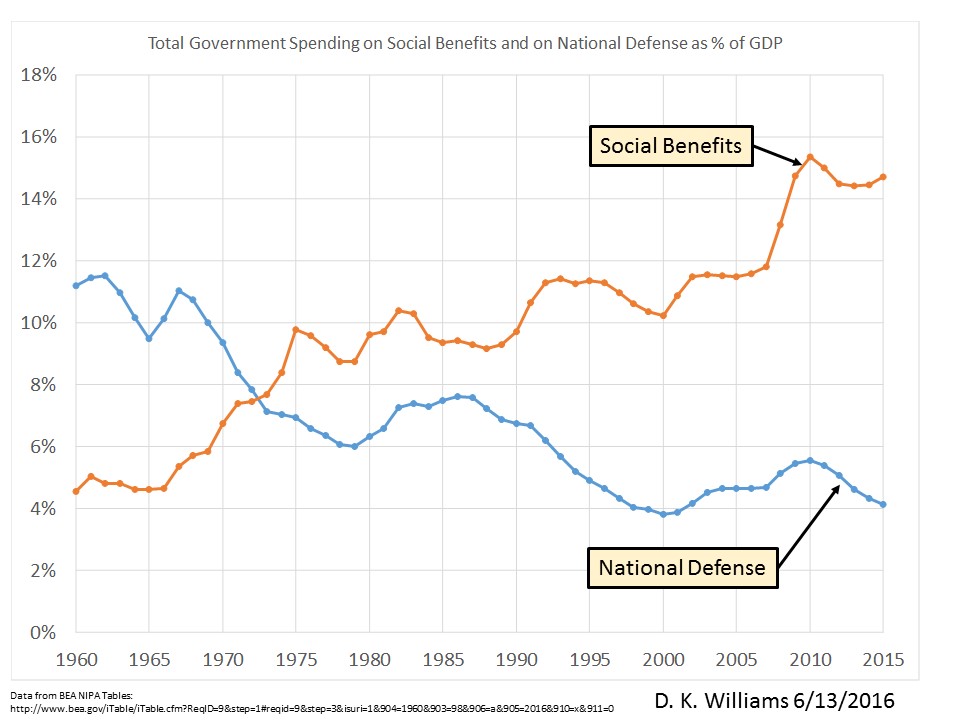Poverty is a problem in America. I’ve seen it in volunteer work and in the faces of people on the streets. With Home Works of America, I was in many homes with caved in floors, leaking roofs, or non-functional plumbing. Volunteering at The Cooperative Ministry, It was not unusual to talk with single moms with three or four children and no income except government paid housing and food stamps or to meet with homeless guys who obviously had little or no hope of finding meaningful employment and who were sleeping in the woods. And they were not and, unfortunately, probably never had been Boy Scouts.
The percent of people below poverty level has remained in the 11% to 15% range for the last 43 years with no significant long term trends evident in the data. It is possible that the definition of “poverty level” has changed over time, but there is plenty of evidence that poverty in America is a serious problem.

Stubbornness in the percent below poverty has continued in spite of the fact that total government social benefits have increased from about 4.5% of GDP in 1960 to 14.5% in 2014. We have been fighting a “war on poverty” since Lyndon Johnson was president in the 1960’s. We have not made any progress. The total defense spending curve is included on the chart just to answer those who say we could solve the poverty problem if we just quit spending so much on defense. It’s just not true. Spending on defense has dropped from 11% of GDP to 4% over that same period of time.

So, what is the answer? Solution has to start with dramatic improvements in the education and training and discipline of young people born into poverty, without diminishing the education of the rest of us, combined with a booming economy and accompanying growth in job opportunities. Could we get our national leadership focused on that please? Increasing income redistribution will lead nowhere but to poverty for more.
The table below provides some detail on where the government social benefits expenditures are going.
